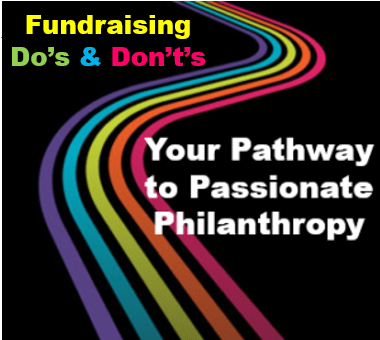Top Strategies for Making Friends with Nonprofit Donors
 Today a friend, who serves on the board of a struggling local arts organization, asked me what they can do to increase their fundraising. I asked her a few questions; then answered simply: “Have more conversations with people; make more friends.”
Today a friend, who serves on the board of a struggling local arts organization, asked me what they can do to increase their fundraising. I asked her a few questions; then answered simply: “Have more conversations with people; make more friends.”
You see, they have people who know about them but they’re just not giving.
They have donors, but they’re not giving enough.
Why? Because they haven’t been treated like friends and family. They don’t feel connected.
What’s the best advice to build stronger connections with likely supporters?
1. People Give to People
Remember this basic truth. Humans are a social species.
People also buy from people.
So if you consider fundraising “making a sale” (which I do, because it’s part of being human to be constantly trying to persuade others; read Daniel Pink’s To Sell is Human), you must show up as authentically human.
And how do you do this?
Details

 Did you ever wonder if there is a foolproof way to communicate with donors?
Did you ever wonder if there is a foolproof way to communicate with donors?


 Today I’m going to tell you how to create a fundraising appeal that’s all about your donor’s happiness.
Today I’m going to tell you how to create a fundraising appeal that’s all about your donor’s happiness.

 Does proving your point persuade your nonprofit donor?
Does proving your point persuade your nonprofit donor?
 Before asking, begin by assuring you and your donor are on the same page.
Before asking, begin by assuring you and your donor are on the same page.
